TechRadar Verdict
If it wasn’t for its super-high price, the Oppo Find X3 Pro would be incredibly easy to recommend thanks to its good-looking screen, bespoke camera sensors and modes, powerful processor, fast charging and more. However, with this phone costing as much as it does, we’d only recommend it for professionals and those with large budgets.
Pros
- +
Fantastic cameras
- +
Plentiful software customization options
- +
Good-looking display
Cons
- -
Super-high price
- -
Design downgrade from predecessor
- -
No periscope camera
Why you can trust TechRadar
Two-minute review
Our Oppo Find X3 Pro review was a hard article to write, because the phone is two things. It's a super-impressive piece of technology, with a great-looking display, top cameras and fast charging, and in that regard it's something to behold. But it's also a consumer device, that you might be considering buying, and its high price is a frightening prospect.
The Oppo Find X3 Pro is Oppo’s most premium flagship smartphone of 2021, bringing brand-new features and bespoke tech to a flashy-looking device: this is an instruction in why you should pay attention to Oppo as brand that can go toe-to-toe with the likes of Samsung and Apple.
Launching alongside a low-end Find X3 Lite and mid-range Find X3 Neo – there’s no ‘non-Pro’ Find X3 – the Oppo Find X3 Pro is nothing short of a super-smartphone, rivaling the Samsung Galaxy S21 Ultra, Xiaomi Mi 11 Ultra and iPhone 12 Pro Max in features as well as price. It’s also a successor to the Find X2 Pro from 2020, the highest-end device in the Find X2 line, although while it’s an upgrade in many areas, it’s a downgrade in a few too.
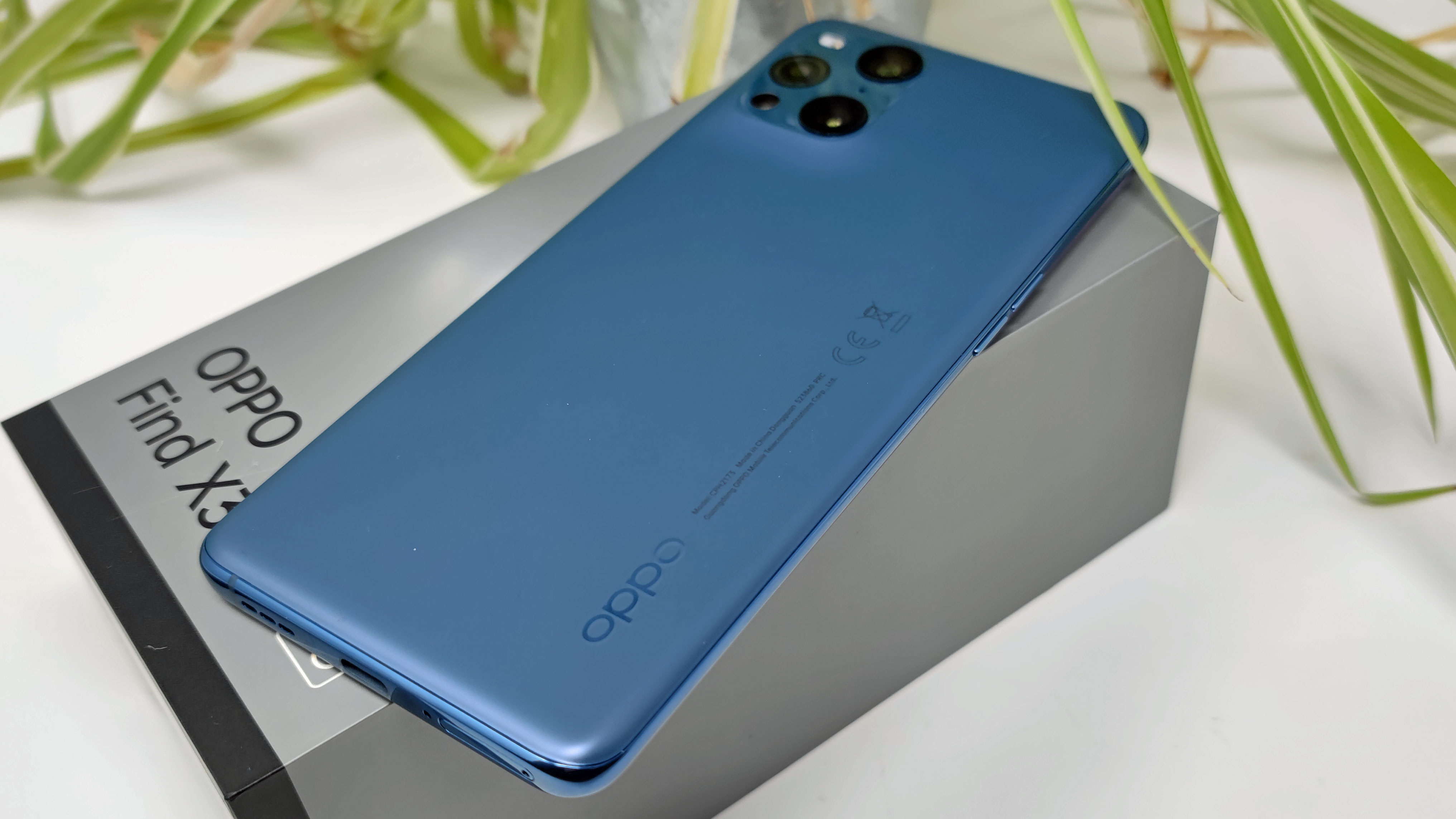
Price and availability
Design
Display
Cameras
Performance and specs
Software
Battery life
Should I buy it?
As with all uber-premium smartphones, our biggest issue with the phone is inescapable: its price. It’s very, very hard to recommend a smartphone that costs as much as the Oppo Find X3 Pro, no matter what kind of specs and features are having a party under the hood, and unless you need a top-spec phone for work or have a lot of cash burning a hole in your pocket, it’s worth checking on the Find X3 Neo, or possibly the Samsung Galaxy S21 or Xiaomi Mi 11 if you’re brand-agnostic.
If you can look past the Oppo Find X3 Pro’s astronomical price, though, you’ll find a phone that’s otherwise hard to fault; in fact, two of the ‘cons’ we’ve listed above – the design and the lack of a periscope zoom camera – are really subjective issues that you might not mind.
Firstly, Oppo has long touted its phones’ good-looking screens, and sure enough the display here looks great, especially thanks to some brand-new software called the Full-Path Color Management System. This ensures that videos or photos you capture or stream don’t get compressed or tweaked as they make their way to the device’s display, so no nasty artifacts here.
Secondly, but perhaps more usefully, the Oppo Find X3 Pro has a suite of genuinely novel cameras – and no, we’re not just saying that in a fit of excitement, these rear cameras really are new. The main and ultra-wide snappers have bespoke Sony sensors that are bigger than your average smartphone sensor, and there’s also a ‘microlens’ camera which can take super-close-up photos of tiny details. See the Cameras section of this review for more about those.
Sign up for breaking news, reviews, opinion, top tech deals, and more.
The phone does miss out on the periscope camera certain the Oppo phones, including the Find X2 Pro, touted, and as a result isn’t as good for long-distance photography.
ColorOS, Oppo’s Android overlay, is a treat to use here, mainly thanks to the suite of customization options, which far outstrip ‘stock’ Android as well as many other brands’ alternatives. If you like being able to tweak how your phone looks, this is a great option.
We’ve also got to commend the Oppo Find X3 Pro for avoiding some of the pitfalls we’ve seen with other early-2021 flagship phones: the battery life is fine, the fingerprint sensor works well, and the phone comes with plenty of storage.
Putting aside its price for a moment, the Oppo Find X3 Pro easily earns its place in the big leagues, with very few issues to speak of, and if price isn’t an issue then we can definitely recommend it. For most people, though, that price will be an issue, which is why we can’t give this excellent phone a higher score.
Oppo Find X3 Pro price and availability
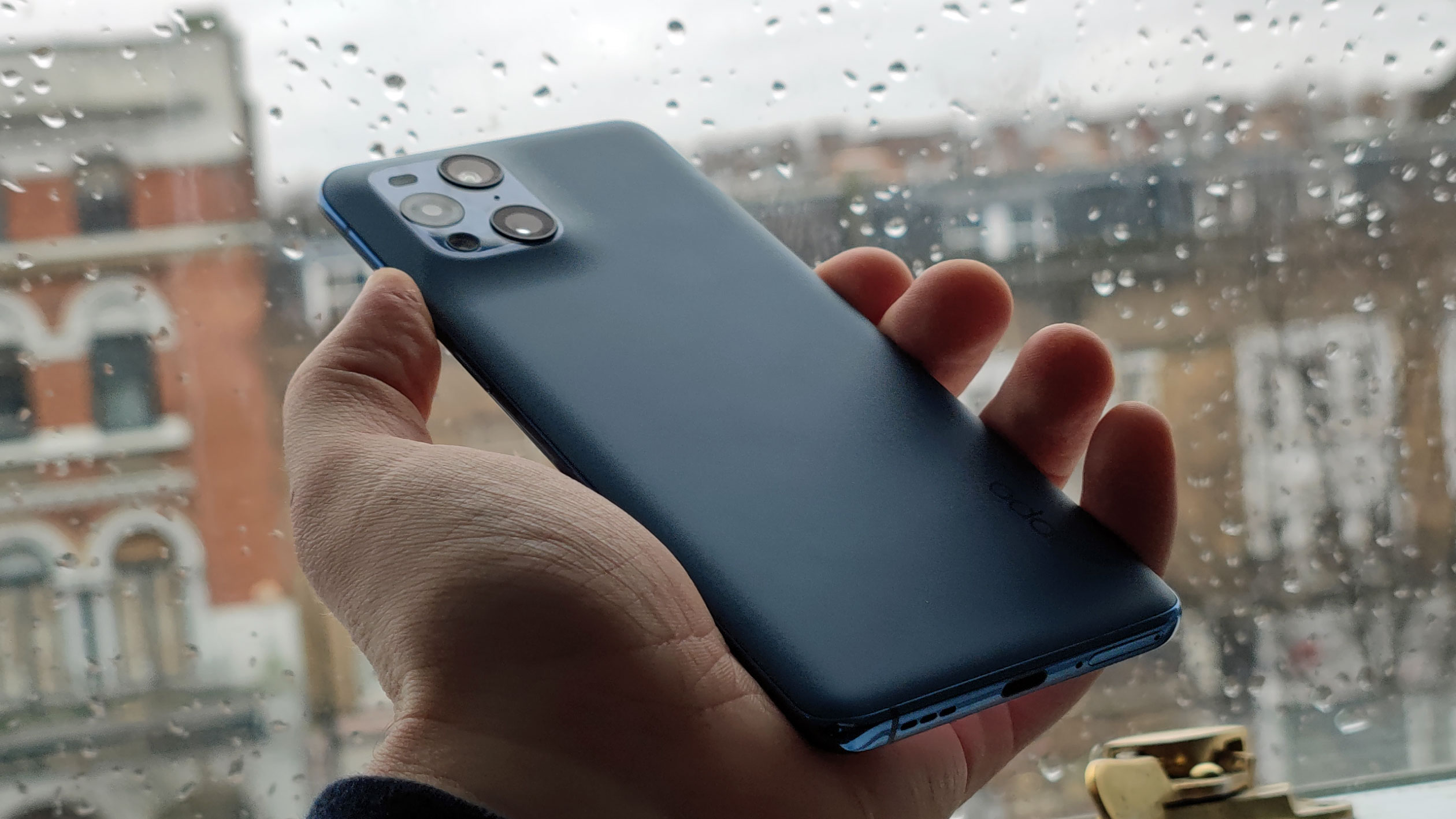
The Oppo Find X3 Pro can be bought in the UK and Australia, but as with all Oppo phones, you can’t buy it in the US. After a March launch, it went on sale mid-April.
The phone costs a meaty £1,099 / AU$1,699 (which converts to roughly $1,500), and that makes it one of the priciest smartphones we’ve seen recently. That’s for a device with 12GB of RAM and 256GB of storage, and it doesn’t come in any other sizes.
For some context, the iPhone 12 Pro Max starts at $1,099 / £1,099 / AU$1,849, and the Samsung Galaxy S21 Ultra at $1,199 / £1,149 / AU$1,849, so the Oppo Find X3 Pro sits squarely in the ‘expensive super-phone’ bracket.
Design
This may be a divisive comment, but we find the Oppo Find X3 Pro less attractive than its Find X2 Pro predecessor, a phone which we said in our review “sets a new high bar for good-looking phones”. Sure, that phone set the bar high, and while the Find X3 Pro doesn’t fall dramatically short, it bumps its head on that bar while trying to clear it.
Why do we say this? The Find X2 Pro was available in faux leather or ceramic, had a dramatic ‘waterfall’ curved-edge screen, and used a complementary two-tone color design – the Find X3 Pro has none of those things. It doesn’t look ugly by any means, and we’d be more complimentary if its predecessor didn’t exist – but it does.
The Oppo Find X3 Pro weighs 193g, so it’s light by flagship standards, and it’s noticeable when you’re holding it. It measures 163.6 x 74.0 x 8.26mm, so it’s pretty thin compared to some of its rivals too. It’s got IP68 protection, so it’s dustproof and waterproof.
The phone has a glass back, which curves smoothly upwards in the top-left corner to form the camera bump, which has an iPhone-like triangular lens placement. According to Oppo, this curved-glass rear design is an engineering marvel, and it does feel pretty nice, although we think faux leather feels much nicer to hold. The phone is available in black or blue, and as you can see from the pictures, we tested the latter.
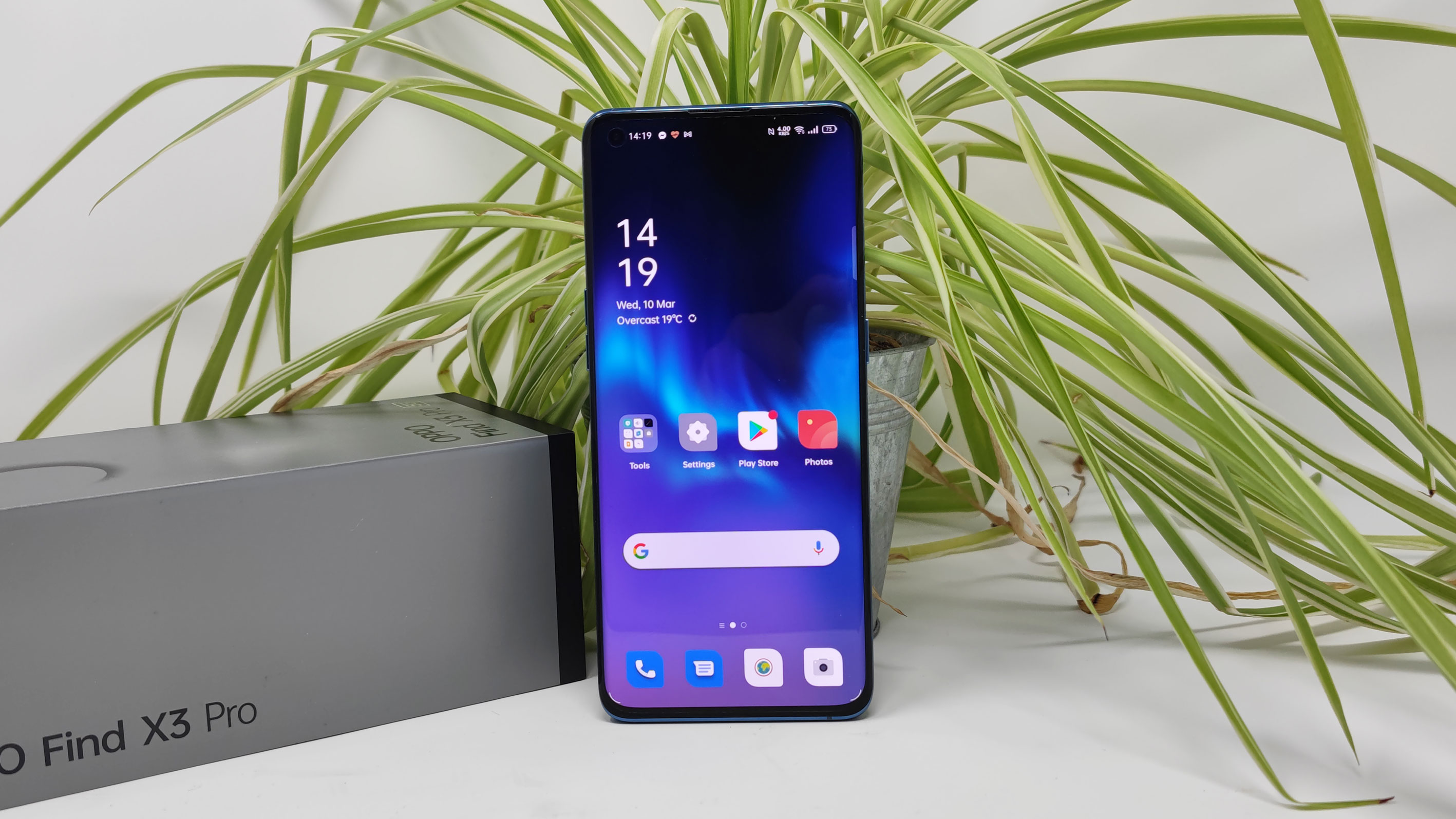
On the right edge of the phone there’s a power button, while the volume rocker is on the left edge – we found the latter a little hard to reach when holding the phone, so you’ll need to use both hands if yours are on the small side. The handset has a USB-C port, but no 3.5mm headphone jack, so wired-audio fans will need to use an adaptor for their cans.
The Oppo Find X3 Pro has a screen that curves at the edges, as with most premium phones, but the edges aren’t as steeply-angled, and the screen doesn’t extend as far down the side, as on its predecessor, which had a true ‘waterfall’ edge. As a result the phone doesn’t feel as good in the hand, although the risk of accidental presses is reduced.
Display
The Oppo Find X3 Pro has a 6.7-inch AMOLED screen with a QHD+ (or 3216 x 1440) resolution and 1300 nits max brightness. We found it looked great, with punchy colors and top contrast.
The refresh rate maxes out at 120Hz, but when you’re choosing the phone’s settings, you’re given two choices: 60Hz, or a variable refresh rate that goes between 10Hz and 120Hz depending on what you’re doing. In theory, purists might find it annoying that there’s no ‘pure’ 120Hz setting, but in practice you won’t notice when it’s lower, as it only switches for things that wouldn’t benefit from 120Hz anyway, and this saves battery life too.
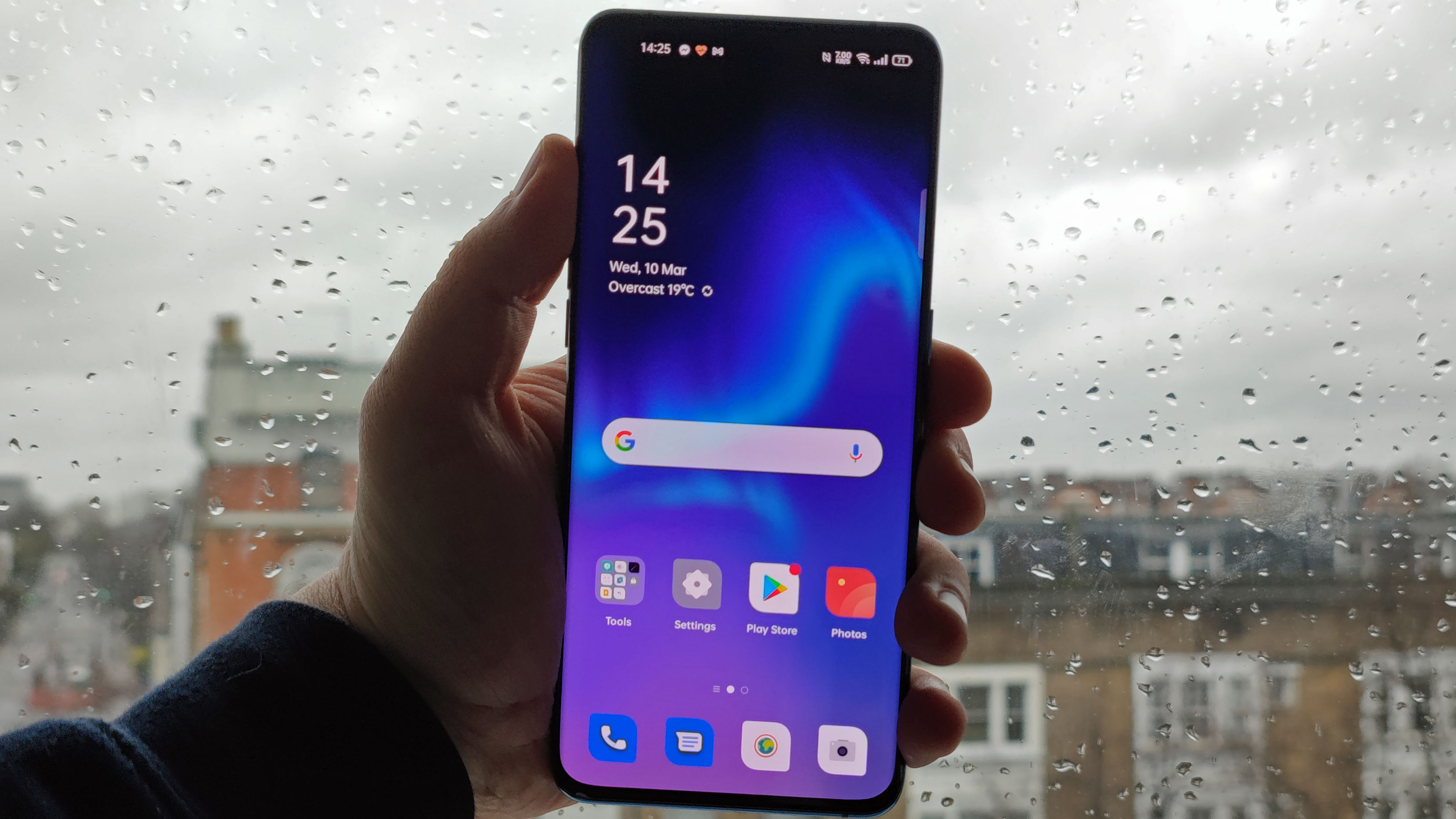
Something Oppo has touted widely for the Find X3 Pro display is its colors - it’s a 1-billion-color display, which is better than most competitors, and shows over 100% of the DCI-P3 color gamut, as well as having HDR10+. That’s all to say, it has great color accuracy, and some professionals, as well as prolific media users, might notice the difference. If the beginning of this paragraph is all indecipherable to you, though, it’s probably not a huge selling point for you.
This is where we mention Oppo’s Full-Path Color Management System (what a catchy name) - to cut a long and technical explanation short, this ensures photos you shoot, videos you stream, and files you download don’t get compressed and tweaked too much on their way from their source to the phone’s display.
Like with the display’s wide color gamut, not everyone will really appreciate this new feature, but if you’re using your phone for work or really notice things like this, it’ll be a welcome addition.
Cameras
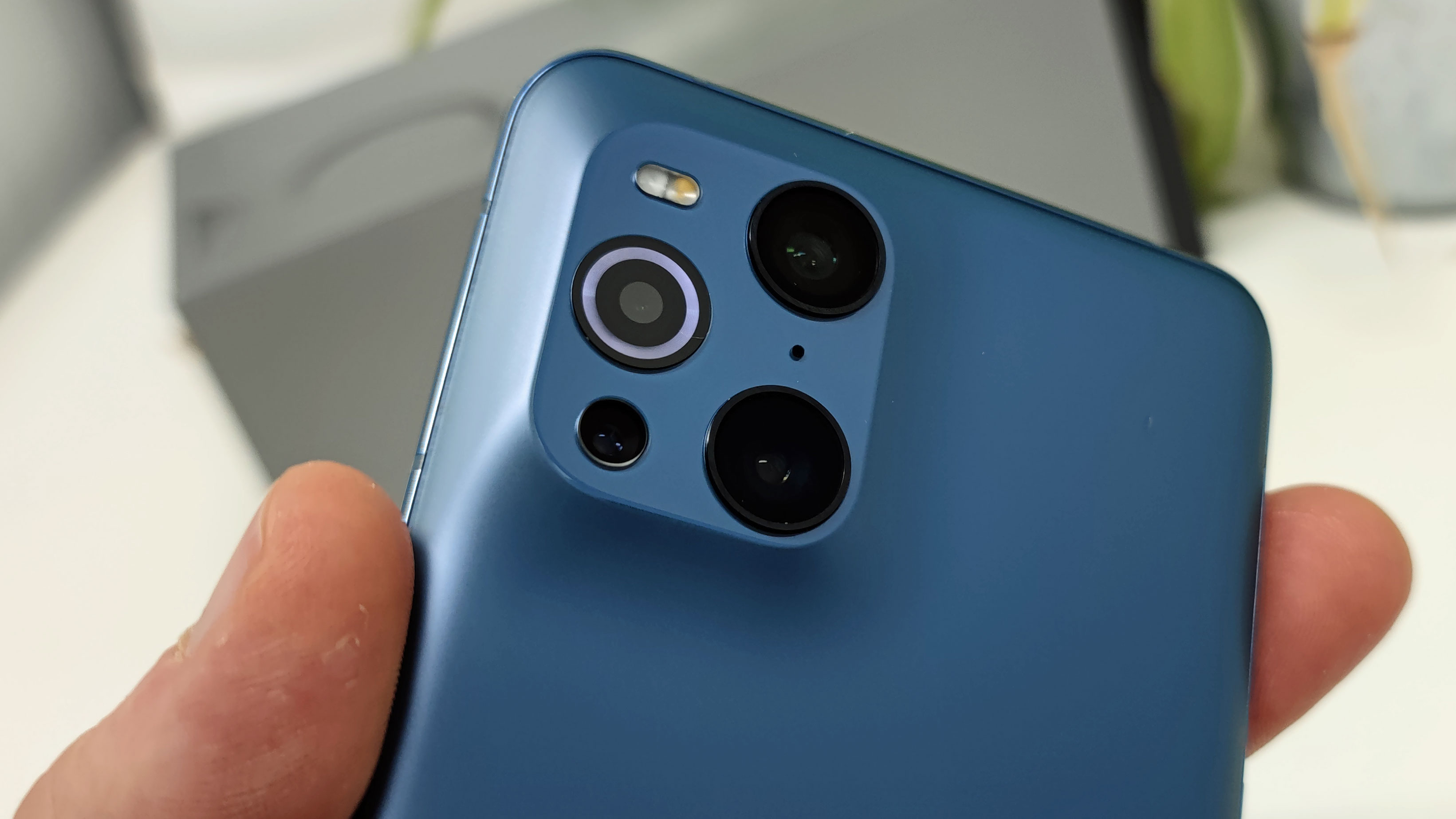
The Oppo Find X3 Pro has four rear cameras: a 50MP f/1.8 main, a 50MP f/1.8 ultra-wide, a 13MP f/2.4 telephoto, and a 3MP f/3.0 microlens snapper. There’s also a 32MP f/2.4 selfie camera on the front.
As those specs hint, the main and ultra-wide cameras both use the same sensor (which first saw use in certain Oppo Reno 5-series devices), made especially by Sony for Oppo. It’s got a fairly big sensor size, so can ‘see’ light and color well, and take better pictures as a result - the reason the same sensor is used in two cameras, is so that pictures taken with the wider-angle lens look the same as on the main snapper.
Pictures taken on the main camera look, as the camera samples will show, pretty great. They’re bold, colorful, and have plenty of detail. By default, pictures are taken at 12.5MP via pixel binning (which we have a guide to here), but you can switch that to 50MP if you prefer.

Night mode on the Oppo Find X3 Pro worked well in some settings - in super-dark settings it brightened up the subject while reducing the exposure of background lights. For some shots, though, we found ourselves preferring dark shots taken without night mode, as the contrast between the dark areas and the bright ones is more pronounced.
Because they have the same sensor, pictures taken at an ultra-wide angle look the same, in terms of color and brightness, as those taken on the main snapper. There was also very little of the distortion you normally see in this kind of picture. This lens is also used for macro pictures, as distinct from microscope ones that we’ll discuss later.
We found the telephoto lens here was the weak link of the camera collective - not because it’s bad by any means, but because it’s just not as good as the periscope lens the Find X2 Pro boasted, in terms of distance zoomed. This telephoto lens supports 3x optical, 5x hybrid or 20x digital zoom.

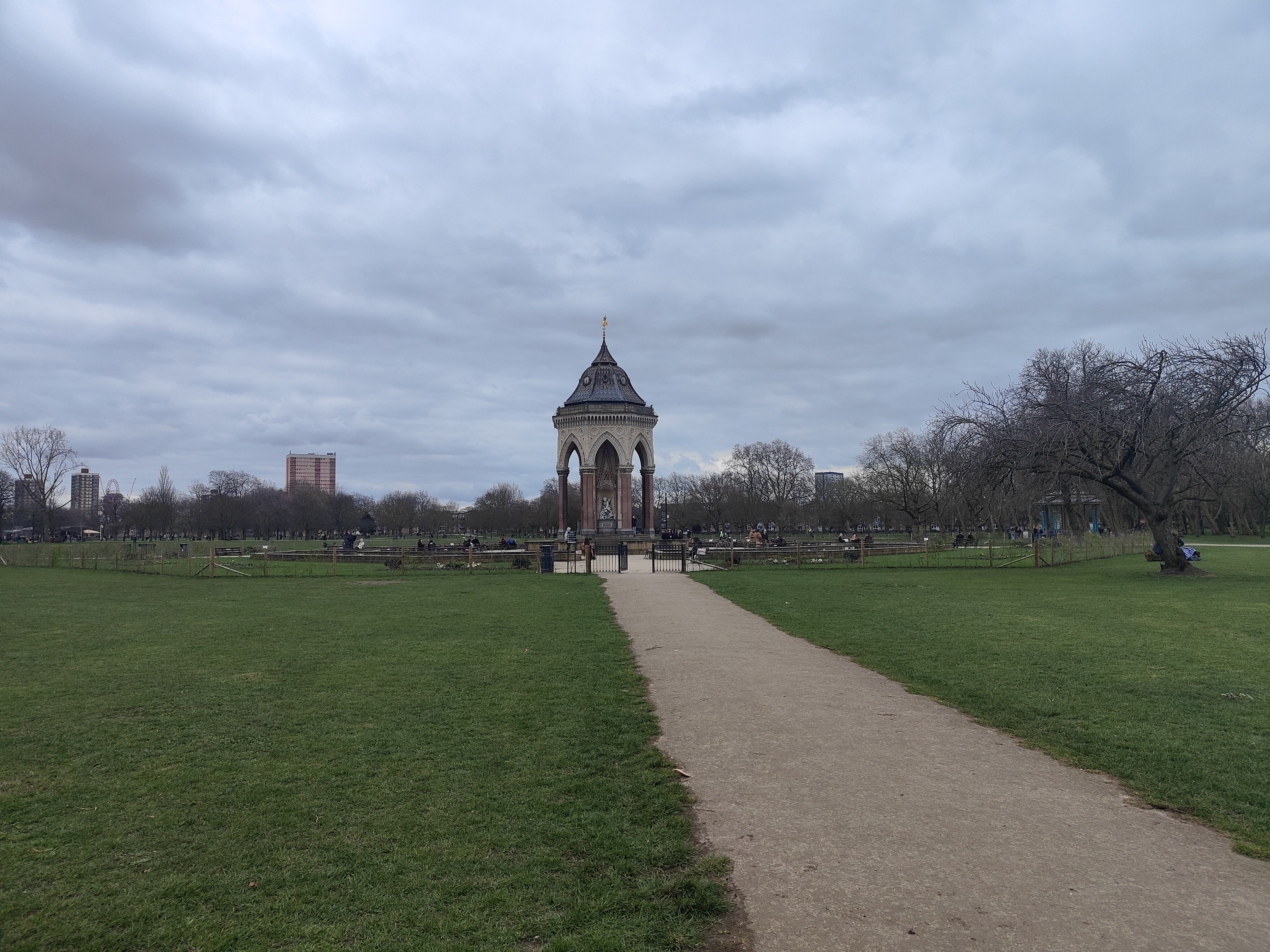



Photos at 3x zoom looked good, with enough detail and brightness, but jump up to 5x and the color profile of the pictures changes quite dramatically. Photos taken at 20x zoom looked better than some others we’ve seen at this high zoom, but still a little fuzzy.
If you read the introduction to this section and wondered what a microlens is, you’re not alone, as it’s something we don’t typically see in smartphones. It’s basically a lens designed to take super-close-up pictures of tiny details, like fabrics or textures, with up to 60x zoom to do so. It’s basically a macro camera turned up to 11.
To take a Microscope picture, as they’re called, you turn on the mode and put the phone flat on a surface (or hold it against objects if laying it won’t work) - a ring light around the lens makes sure the subject is illuminated. Using this we took snaps of towel textures, poppy seeds, and even the individual LEDs on a computer screen. The mode was super fun to play around with, as it captures an extraordinary level of detail that a human eye just couldn’t see.
32MP selfies were bold, bright and high-resolution, and therefore looked good - we found ourselves avoiding Portrait mode for some of these, though, as it could sometimes blow out lights to create overly-dramatic pictures. This was only a problem in really well-lit environments though.
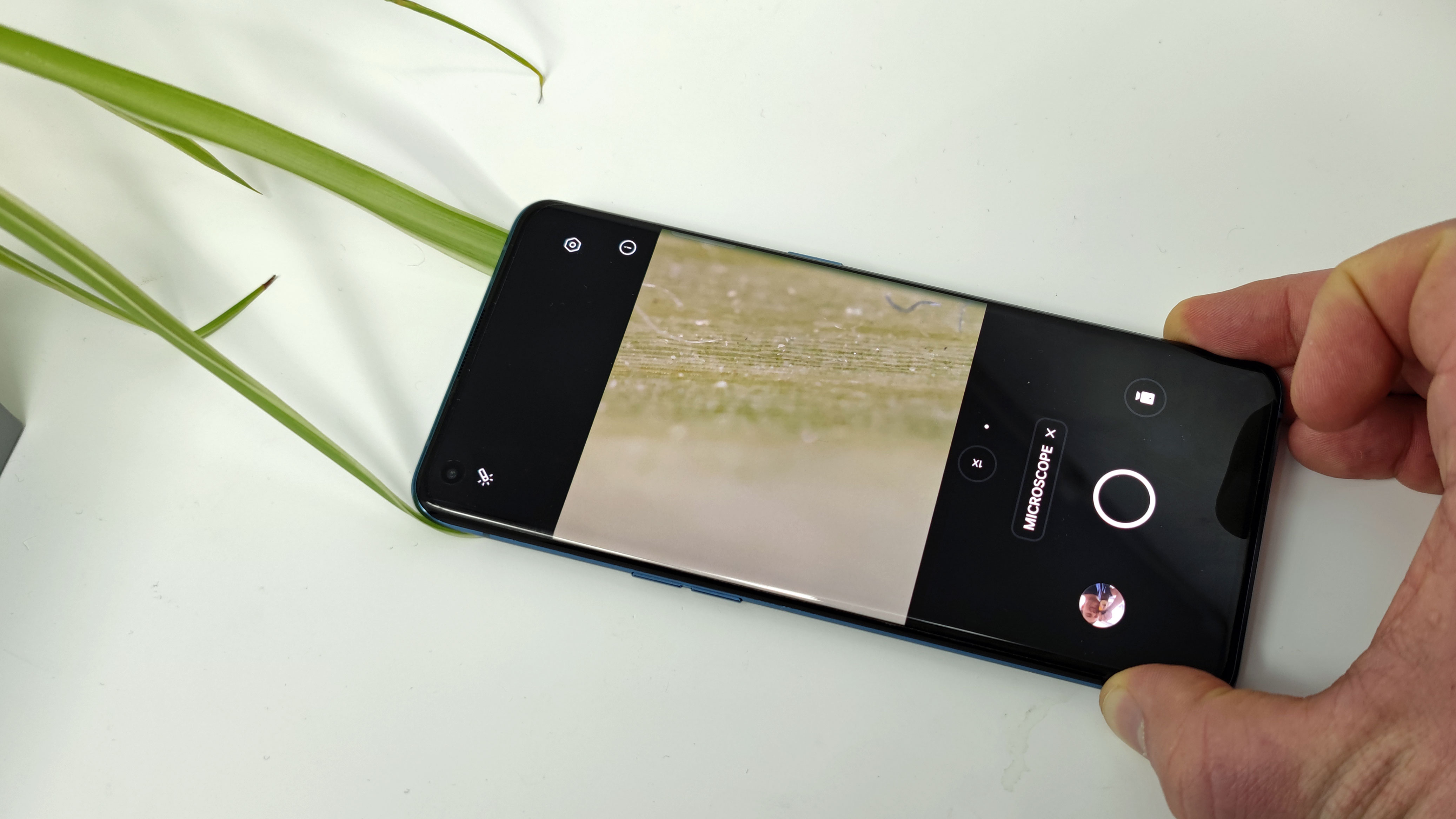
The phone records video at up to 4K 60fps on the rear camera and 1080p 30fps on the front one, and both let you add a digital ‘bokeh’ effect to video, something not many phones let you do. You can check out our video review at the top of this page for an example of what video footage looks like, and it includes video with this bokeh effect.
New here is Film mode, which is basically like pro photography mode but for video, and it lets you tweak lots of settings like exposure value, ISO, white balance and more - it resembles Sony’s Cinema Pro app for its own phones. It’s super useful for people who record video professionally or know what they’re doing with all these settings, though others might prefer to stick with the default video mode.
Unlike some other flagship smartphones, there isn’t a huge selection of camera modes on the Find X3 Pro beyond those we’ve detailed. There are a few that most phones have though like panorama, pro mode, dual-view video, time-lapse and slow-mo.
Camera samples

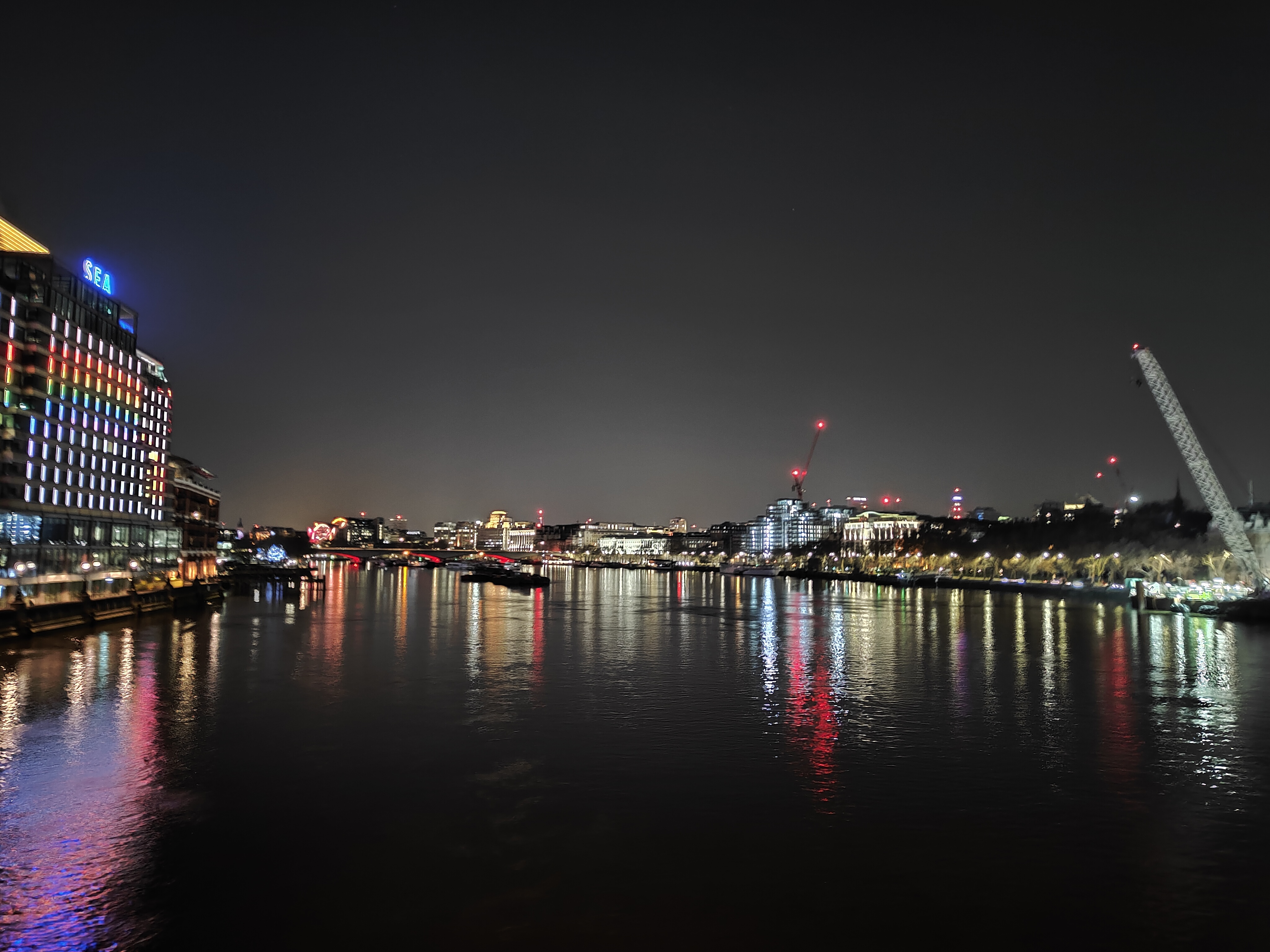






Performance and specs
As with most of its 2021-flagship peers, the Oppo Find X3 Pro has the Snapdragon 888 chipset, the best processor available to Android phones as of its release, promising fast performance speeds and battery optimizations.
As such, this is a powerful phone - with the Geekbench 5 benchmark test, the device provided a multi-core score of 3257, near the top of the pack.
We should note, though, that some phones with the Snapdragon 865 (the 888’s predecessor) did pip the lead slightly, with the OnePlus 8 and Motorola Edge Plus being ahead at 3401 and 3344 respectively.
The Xiaomi Mi 11 and Asus ROG Phone 5 with the Snapdragon 888 did beat the Oppo Find X3 Pro by a fair amount, at 3569 and 3732 respectively, but at this high end of the processing spectrum, few will likely notice the difference.
You’re getting 12GB of RAM with the phone as well as 256GB of storage, which is a hearty amount - there’s no expandable storage, though, so if you need more you might want to consider a cloud storage account. There is room for two SIM cards though.
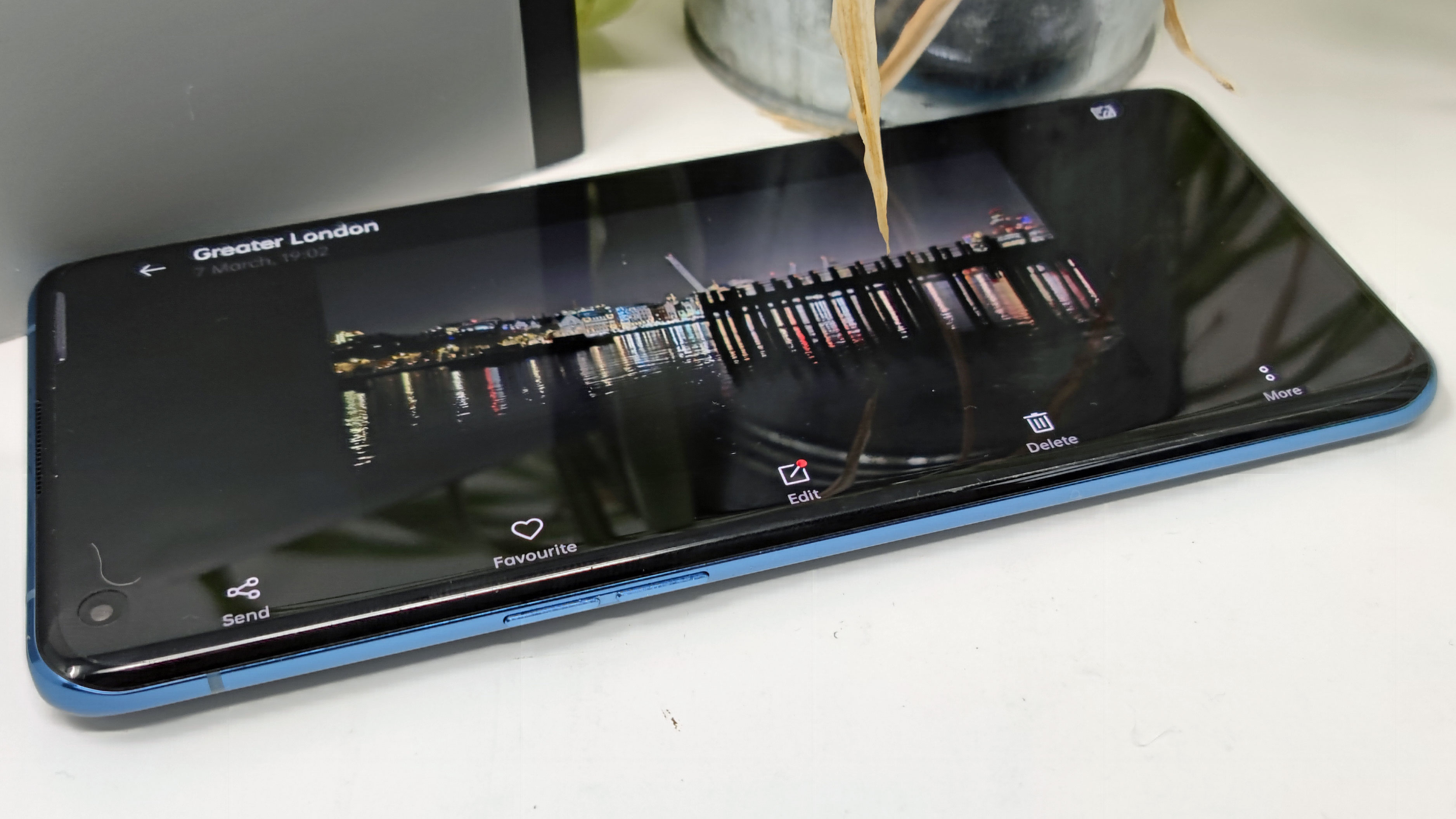
The Oppo Find X3 is good for gaming, thanks partly to the chipset and the phone’s 12GB of RAM, partly due to the phone’s good-looking screen, and also in part because of Oppo’s Game Space mode which mutes notifications and optimizes processing while you’re gaming.
The Dolby-tuned stereo loudspeakers on the phone sound above average - good for playing games out loud or watching movies, but we did find the rear speaker was noticeably louder than the top one, sometimes spoiling the surround sound aspect of the audio a little.
Software
Most Android phone makers have their own custom Android forks, and Oppo is no different, with its ColorOS sitting above the ubiquitous Google operating system. As with all Android overlays, the difference is mostly in design, though Oppo brings enough new features to make ColorOS a great take on Android.
By default, ColorOS has quite a calming design - colors are bold, windows and app icons are rounded, and the font is sans serif - whether you like this or not is purely up to preference. But ColorOS has a huge number of customization options too, so you can really make the phone your own.
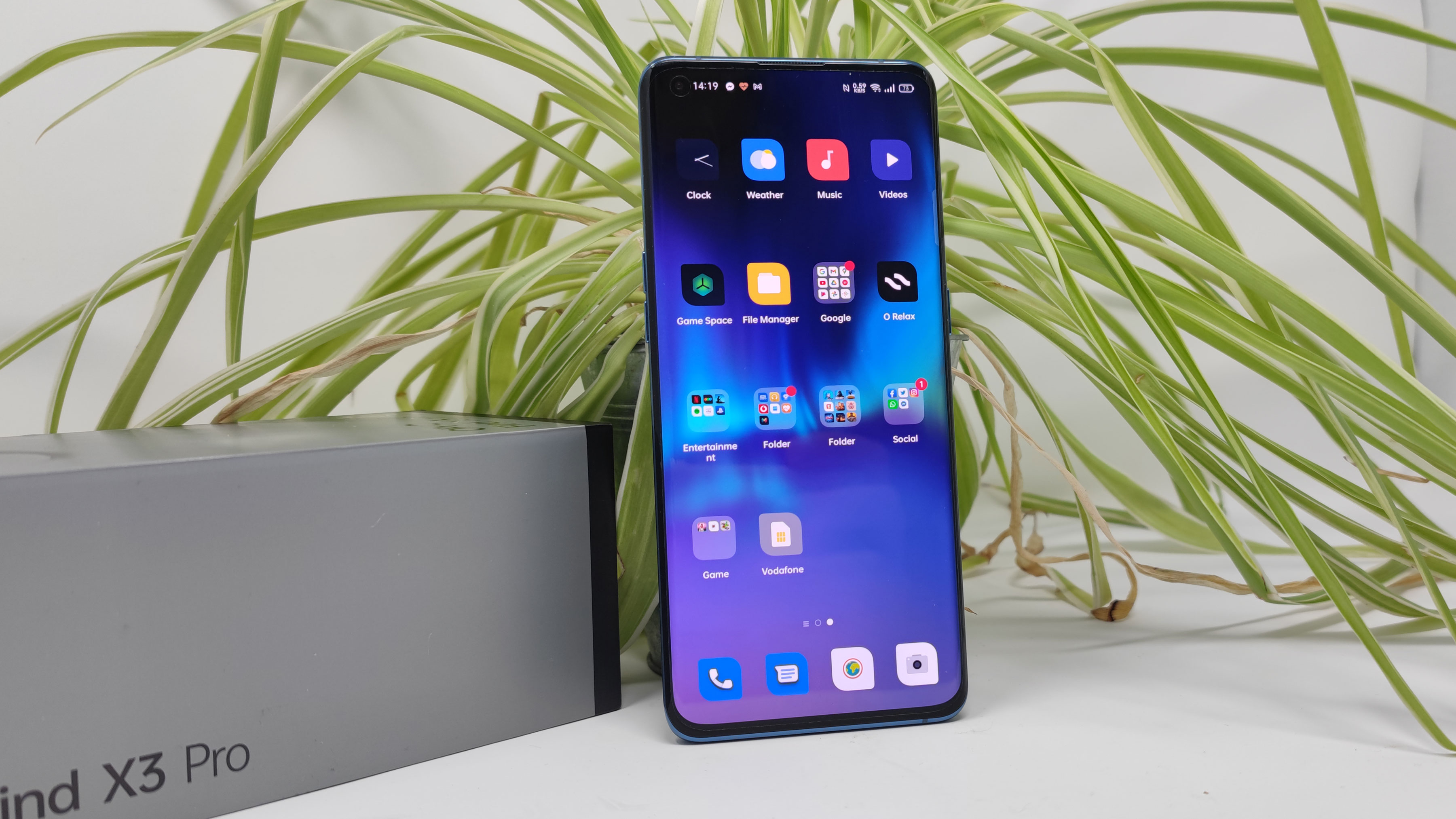
There are options we see in loads of phones: widgets, live wallpapers, menu transitions, more. But there are some that you might not find in other phones: advanced menu layout customization, the ability to design your own always-on display, various ways to change how app icons look. When we first started testing the Oppo Find X3 Pro we spent a good while tweaking every setting we could find, and it was worth it.
Thanks to the specs mentioned above, the Find X3 Pro is fast to navigate and use, and you can flick between menus and jump in and out of apps with minimal fuss.
There’s an in-display fingerprint scanner here too, and we found it super snappy to use - sometimes we barely got to see the indicator scanning our finger, it was that quick.
Battery life
Many flagship smartphones suffer from reserved battery lives - big screens and complicated features can be quite a drain on power - but we’re happy to report that the Oppo Find X3 Pro, with its 4,500mAh power pack, seemed fine in use.

Through our testing, we found the phone lasted a day through light and medium use, and it was only under heavy use, like tons of gaming and video recording, that it didn’t last a good 12 hours. It seems unlikely the phone will last two full days of use though, no matter how lightly you use it.
Charging is done at 65W speeds, and that’s some of the fastest we’ve seen in a mainstream flagship phone, though certain devices can charge even faster. It takes about 40 minutes to charge the phone from empty to full with this.
We were happy to see the Find X3 Pro has a smart-charging mode, so if you plug the phone in when you go to bed, it’ll time the charging to get you to 100% just when you wake up. This avoids overcharging and can be great for the longevity of a phone’s battery.
Unlike the Oppo Find X2 Pro, there is wireless charging here, at 30W, which will be useful for you fans of cable-free powering, especially since 30W is faster than many phones charge even with wires. There’s also reverse wireless charging, so you can use the phone to power up other wirelessly-charging devices.
Should I buy the Oppo Find X3 Pro?

Buy it if...
You can afford it
The Oppo Find X3 Pro is a great phone, so if your budget stretches to its high cost, we can easily recommend it.
You love customizing your smartphone
If you like tweaking every little detail and setting on your smartphone, the Oppo Find X3 Pro will let you do so, making it a great choice for you.
You need a top-tier display
Thanks to its wide color gamut and Full-Path Color Management System, the Find X3 Pro’s display is top-tier, and will be great for people who love color accuracy. If you’re a professional who uses their phone for such tasks, it’s a must-buy.
Don't buy it if...
You like taking zoomed-in pictures
If you value zoomed-in pictures over microscopic ones, it’s probably best to pick up one of Oppo’s other phones with the 10x hybrid zoom lens the company developed, as they’ll be better for such pictures.
You can find the Find X2 Pro on offer
The Oppo Find X3 Pro brings improvements over its predecessor, but its lack of a periscope lens and lesser design might annoy some. If you can find the X2 Pro for a serious discount, it might be worth considering instead.
You’re not a phone photographer
If taking loads of pictures with your smartphone isn’t something you care about, then forget the Find X3 Pro - its best features are in the camera department, and there’s no point in paying a high cost for the processing power and display alone.
First reviewed March 2021

Tom Bedford joined TechRadar in early 2019 as a staff writer, and left the team as deputy phones editor in late 2022 to work for entertainment site (and TR sister-site) What To Watch. He continues to contribute on a freelance basis for several sections including phones, audio and fitness.
